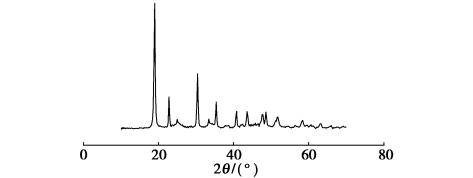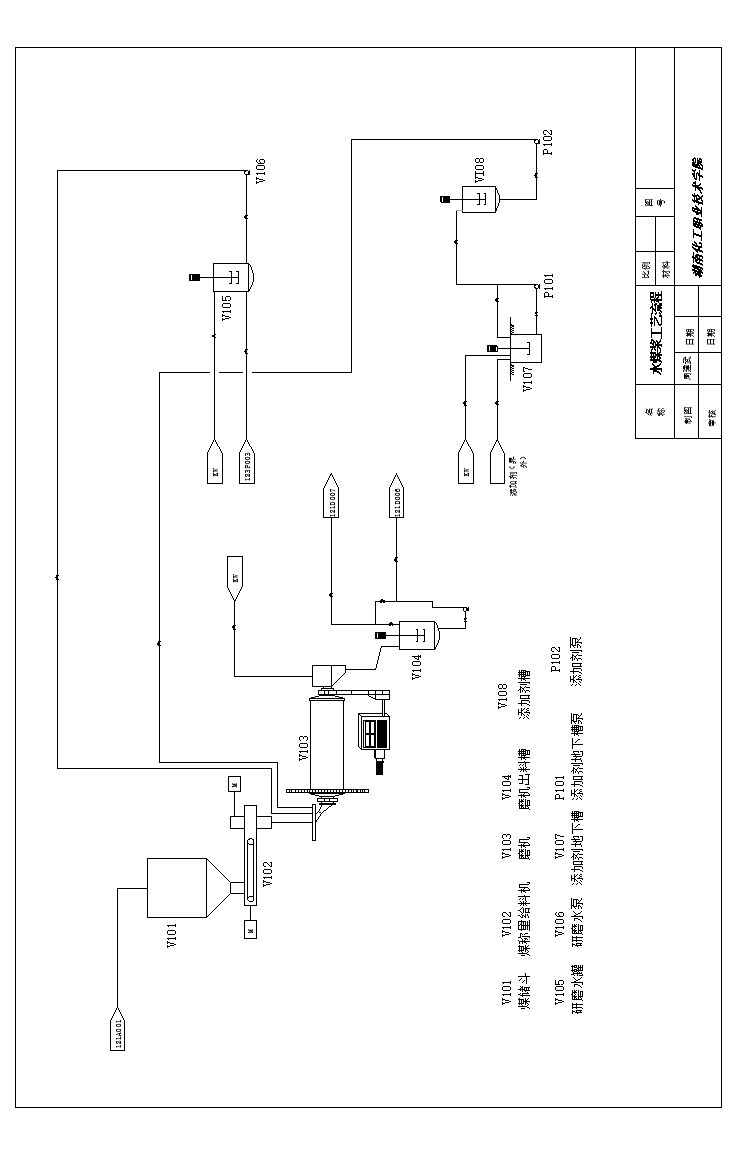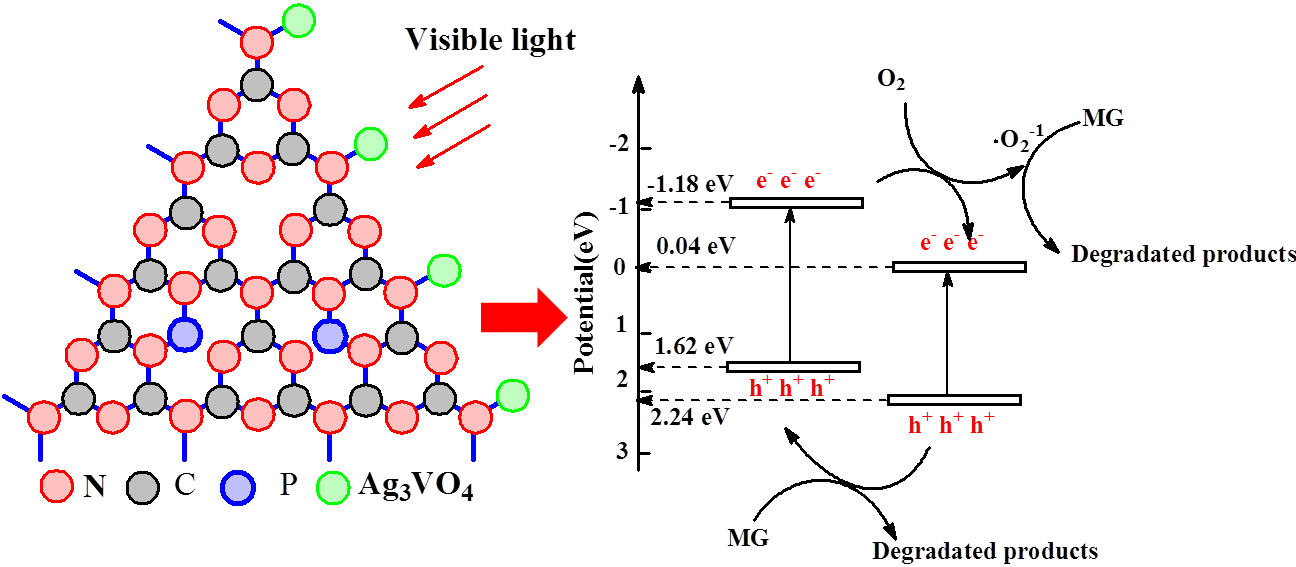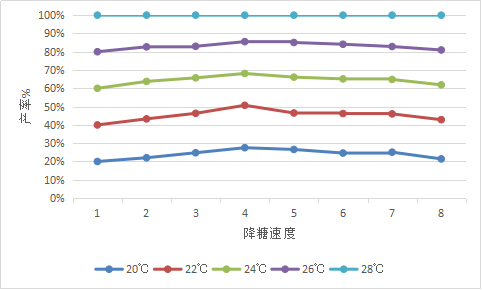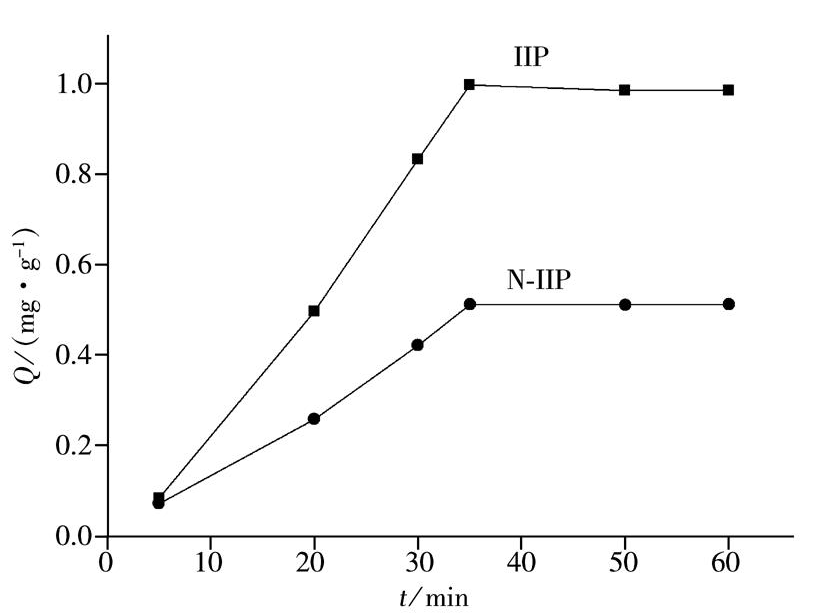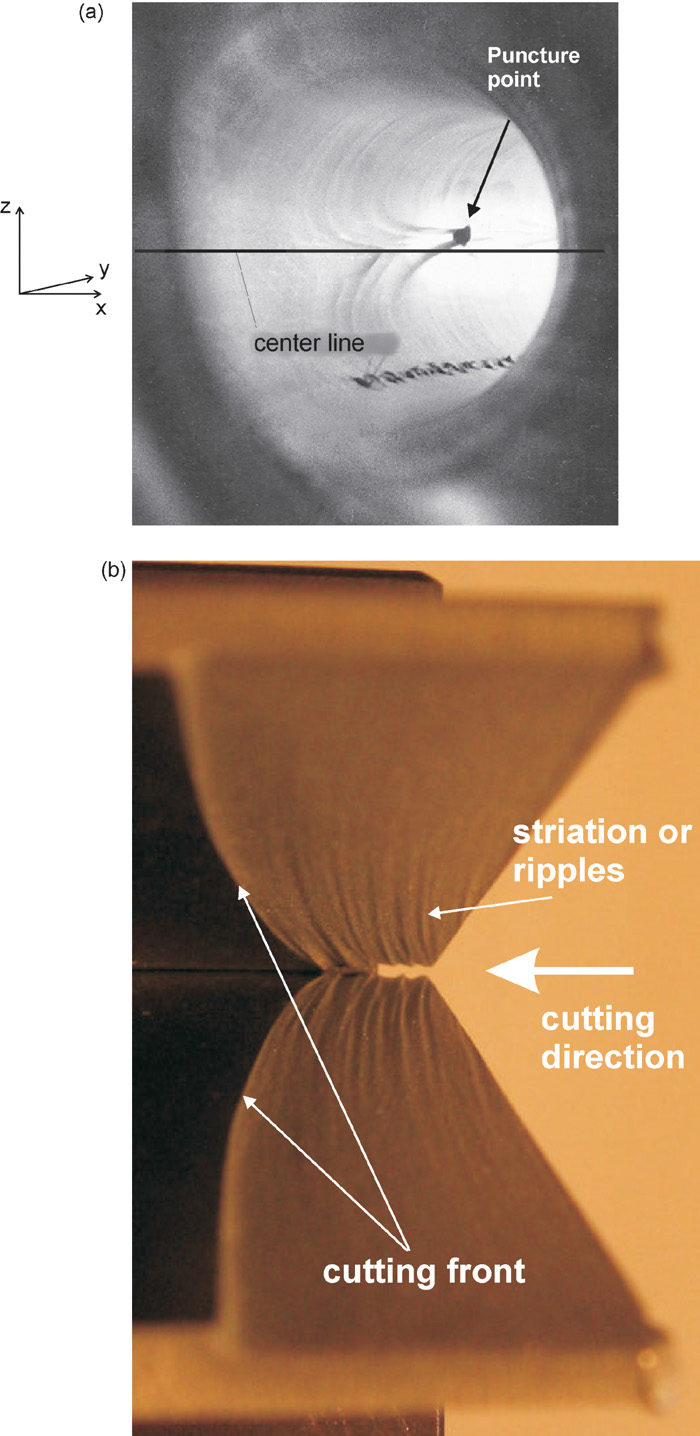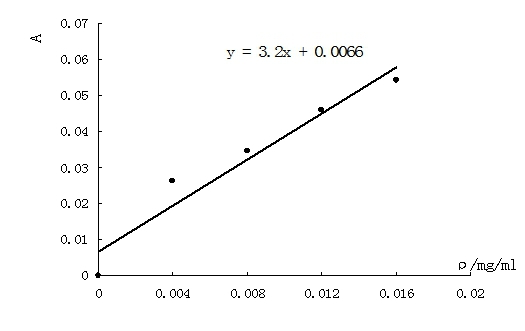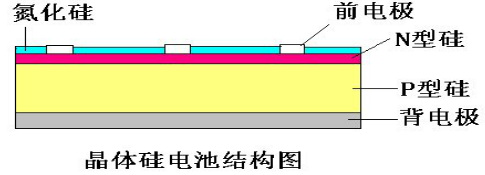苏ICP备112451047180号-6
分布式大规模天线系统的性能研究与评估
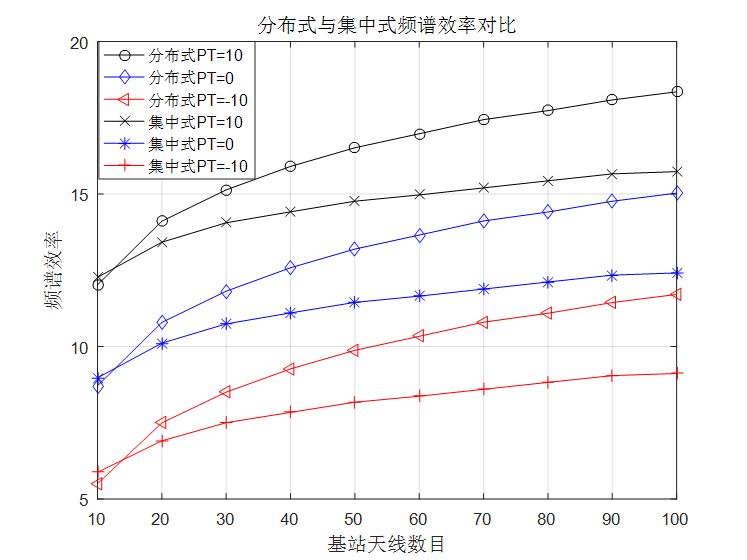
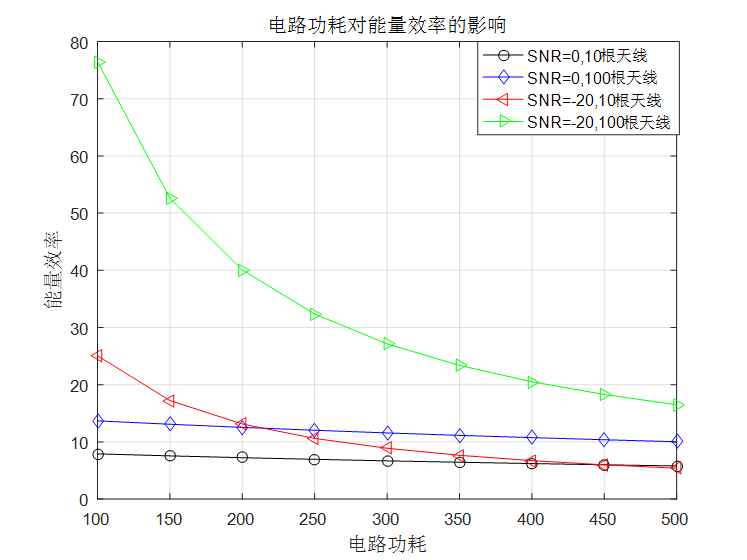
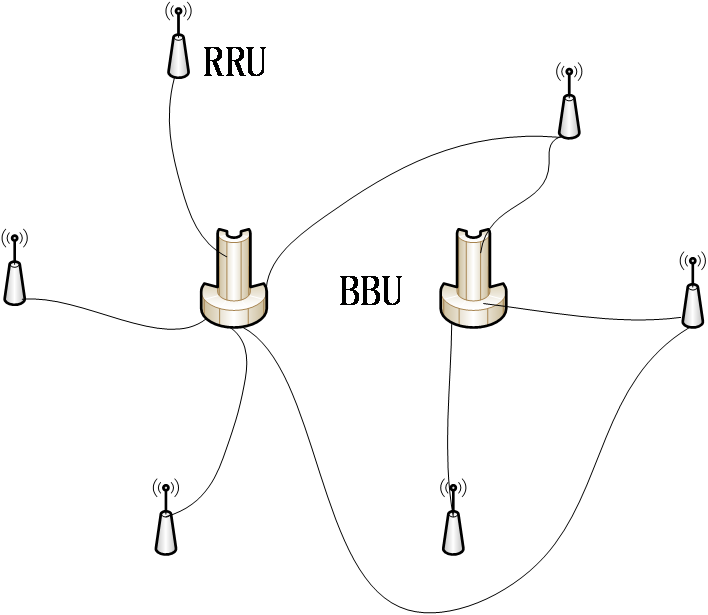
摘要 本文从当前移动通信面临的现状开始分析,引出了大规模天线系统与分布式天线系统的概念以及优缺点。随后对无线信道进行分析,包括信道模型和传输衰耗,着重分析用来计算频谱效率的对数正态阴影衰落、大尺度衰落以及小尺度衰落,并且建立分布式大规模天线系统的上行链路模型,同时讲解Matlab通信仿真部分函数使用方法。为简化仿真设计,主要研究单用户的情况,利用Matlab仿真工具对分布式天线系统和集中式天线系统的频谱效率和能量效率进行对比,判断在不同发送信噪比的情况下,基站天线数目的增加会对系统能产生什么样的影响。
关键词:分布式天线系统 集中式天线系统 频谱效率 能量效率
Performance Evaluation and Research of Distributed Large Scale Antenna System
Abstract This paper starts from the analysis of the current situation of mobile communication, and leads to the concept and advantages and disadvantages of large-scale antenna system and distributed antenna system. The subsequent analysis of the wireless channel, including the channel model and transmission attenuation, focuses on the logarithmic normal shadow fading, large-scale fading, and small-scale fading, which are used to calculate the spectral efficiency, and establish the uplink of the distributed large-scale antenna system Model, while explaining some of the functions of Matlab communication simulation function. In order to simplify the simulation design, we mainly study the situation of single-user, and use Matlab simulation tool to compare the spectral efficiency and energy efficiency of distributed antenna system and centralized antenna system. In the case of different transmission signal-to-noise ratio, the increase in the number of base station antennas will have any effect on the system.
Key words:Distributed antenna system Centralized antenna system Spectral efficiency Energy efficiency
目 录
第一章 绪论 1
1.1 大规模天线系统简介 1
1.2 分布式天线系统 2
1.3 研究的问题与意义 4
1.4 主要工作与结论 4
1.5 济效益与社会效益 4
1.6 本章小结 5
第二章 无线信道模型与Matlab仿真基础 6
2.1 无线信道建模 6
2.1.1 路径损耗 6
2.1.2 阴影衰落 9
2.1.3 小尺度衰落 10
2.2 Matlab通信仿真 12
2.3 本章小结 14
第三章 分布式大规模天线系统的频谱效率分析 15
3.1 分布式大规模天线系统频谱效率 15
3.2 Matlab仿真分析 19
3.2.1 天线数目对频谱效率的影响 22
3.2.2 信噪比对频谱效率的影响 23
3.2.3 分布式天线和集中式天线的对比 24
3.3 本章小结 26
第四章 分布式大规模天线系统的能效分析 27
4.1 分布式大规模天线系统的能量效率 27
4.2 Matlab仿真分析 27
4.2.1 天线数目对能量效率的影响 27
4.2.2 信噪比对能量效率的影响 28
4.2.3 分布式天线和集中式天线对比 29
4.2.4 能量效率关于电路功耗的变化情况 31
4.3 本章小结 31
第五章 总结与展望 32
致 谢 33
参考文献 34
第五章总结与展望
为了应对当前以及未来移动通信面临的严峻形势,必须寻求新的方法、新的科技。而分布式大规模天线系统就是解决现阶段这些问题的最佳技术方法。其技术可以充分利用现在闲置的空间资源,并且接受机与发射机之间的天线也会因其设计的天线阵列而有序摆放,避免一味地满足移动通信业务量,不断地在城市中杂乱的增加天线。不仅如此,经过仿真分析,发现分布式大规模天线系统在提高能量效率和频谱利用率上有质的提高,这也奠定了此技术必定是未来研究的重点,在没有其它技术出现前,分布式大规模天线系统将会是解决当前问题的唯一保障。在优化分集增益、复用增益和功率增益上面,大规模天线系统也做出了卓越的贡献。它还已经被第三代合作伙伴计划(3GPP)、长期演进(LTE)、IEEE802.11ac和其它无线通信标准所采用。
虽然大规模天线系统具有诸多优点,但是其无线传输仍存在不少挑战。首先,对于高移动速度的用户,仍然不知道是否可以使用统计CSI来降低信道的复杂度。研究结果[20]也表明分布式大规模天线系统具有提高高速用户的传输速率的能力,但是要进一步研究信道状态。在不完善的CSI下,应进一步完善分布式大规模天线系统的无线传输方法,其中包括信道估计误差和一些硬件的损害。最后,由于干扰残留,基站侧的接收机与用户设备也是关注的重点,为减少信道干扰,必须解决接收机性能问题这个挑战。
参考文献
[1] 庞京,王坦,李景春,等. 移动通信系统数据业务量预测研究[J]. 信息技术, 2014(9):37-41.
[2] 王东明,张余,魏浩,等. 面向5G的大规模天线无线传输理论与技术[J]. 中国科学:信息科学, 2016, 46(1):3-21.
[3] Wang D, Zhang Y, Wei H, et al. An overview of transmission theory and techniques of large-scale antenna systems for 5G wireless communications[J]. Science China Information Sciences, 2016, 59(8):081301.
[4] Hoydis J, Brink S T, Debbah M. Massive MIMO in the UL/DL of Cellular Networks: How Many Antennas Do We Need?[J]. IEEE Journal on Selected Areas in Communications, 2013, 31(2):160-171.
[5] Ngo H Q, Larsson E G, Marzetta T L. Energy and Spectral Efficiency of Very Large Multiuser MIMO Systems[J]. IEEE Transactions on Communications, 2013, 61(4):1436-1449.
[6] Sanayei S, Nosratinia A. Antenna selection in MIMO systems[M]. IEEE Press, 2004.
[7] Jalden J, Ottersten B. On the complexity of sphere decoding in digital communications[J]. IEEE Transactions on Signal Processing, 2005, 53(4):1474-1484.
[8] 李汉强,郭伟,郑辉.分布式天线系统MIMO信道容量分析[J]. 通信学报, 2005, 26(8):134-138. [9] 王清, 多小区和大规模分布式天线技术研究. 2016, 山东大学.
[10] 顾何平. 大规模多用户分布式天线系统的导频复用技术研究[D]. 东南大学, 2016.
[11] 冯浩. 分布式天线系统的能效/谱效性能分析及高能效设计[D]. 电子科技大学, 2015.
[12] 吴伟陵. 移动通信中的关键技术[M]. 北京邮电大学出版社, 2000.
[13] 魏巍,吕英华. 典型室内无线传播模型的研究与分析[J]. 中国科技论文, 2011.
[14] 张延华,段占云,沈兰荪,等. Okumura-Hata传播预测模型的可视化仿真研究[J]. 电波科学学报, 2001, 16(1):89-92.
[15] 张晓佳. 阴影衰落信道的建模与分析[D]. 内蒙古大学, 2014.
[16] 邵朝,廖延娜. 小尺度衰落的定性分析[J]. 西安邮电大学学报, 2000, 5(1):1-4.
[17] 张晓军,曹惠茹. Matlab中的随机函数[J]. 电脑编程技巧与维护, 2010(14):115-116..
[18] 韦维. 浅析频谱利用率和频谱利用效率[J]. 中国无线电, 2005(12):5-7.
[19] Li H, Song L, Debbah M. Energy Efficiency of Large-Scale Multiple Antenna Systems with Transmit Antenna Selection[J]. IEEE Transactions on Communications, 2014, 62(2):638-647.
[20] Cao J, Wang D, Li J, et al. Uplink Sum-Rate Analysis of Massive MIMO System with Pilot Contamination and CSI Delay[J]. Wireless Personal Communications, 2014, 78(1):297-312.





